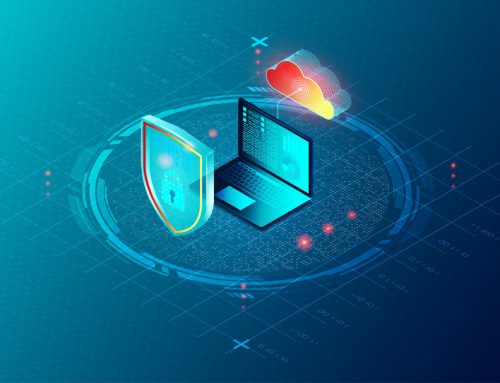Organisations looking for a cost-effective solution to backup mission-critical data and applications will come across BaaS (Backup as a Service) and DRaaS (Disaster Recovery as a Service) in their search.
Both solutions can have a place in the modern enterprise, but the design and scalability of DRaaS makes it a more relevant solution to organisations with complex infrastructure and those without the internal resources to bounce back from disaster. To understand why, you have to understand their differences.
BaaS
With BaaS a vendor manages a cloud storage environment in a disk-to-disk-to-cloud (D2D2C) configuration. They assume responsibility for configuring and transferring all backups to the cloud. This is beyond regular cloud storage, because the backups are images of servers and storage devices in addition to individual files.
It provides a way for you to protect critical data and files. It regularly replicates these files to encrypted servers. It’s suited to organisations whose infrastructure is easy to rebuild and businesses who are happy to recover data themselves.
DRaaS
DRaaS takes the cloud-based approach to backup but goes further with an additional layer of recovery flexibility. It throws cloud-based compute, cloud-based automation, and cloud-based orchestration into the mix, which allows it to host an organisation’s business-critical systems in the event of a disaster.
If your IT infrastructure can’t be easily rebuilt or you use business-critical web services and applications 24/7, then DRaaS is the best solution. With DRaaS, an organisation can continue to function even if their entire network goes down. It reduces complexity and gives you the capability to quickly recover from disaster.
It has to be said that a cloud service ought to be the priority in every organisation’s data protection strategy. BaaS and DRaaS offer different levels of capability, but it’s DRaaS that wins out when it comes to recovery flexibility.





